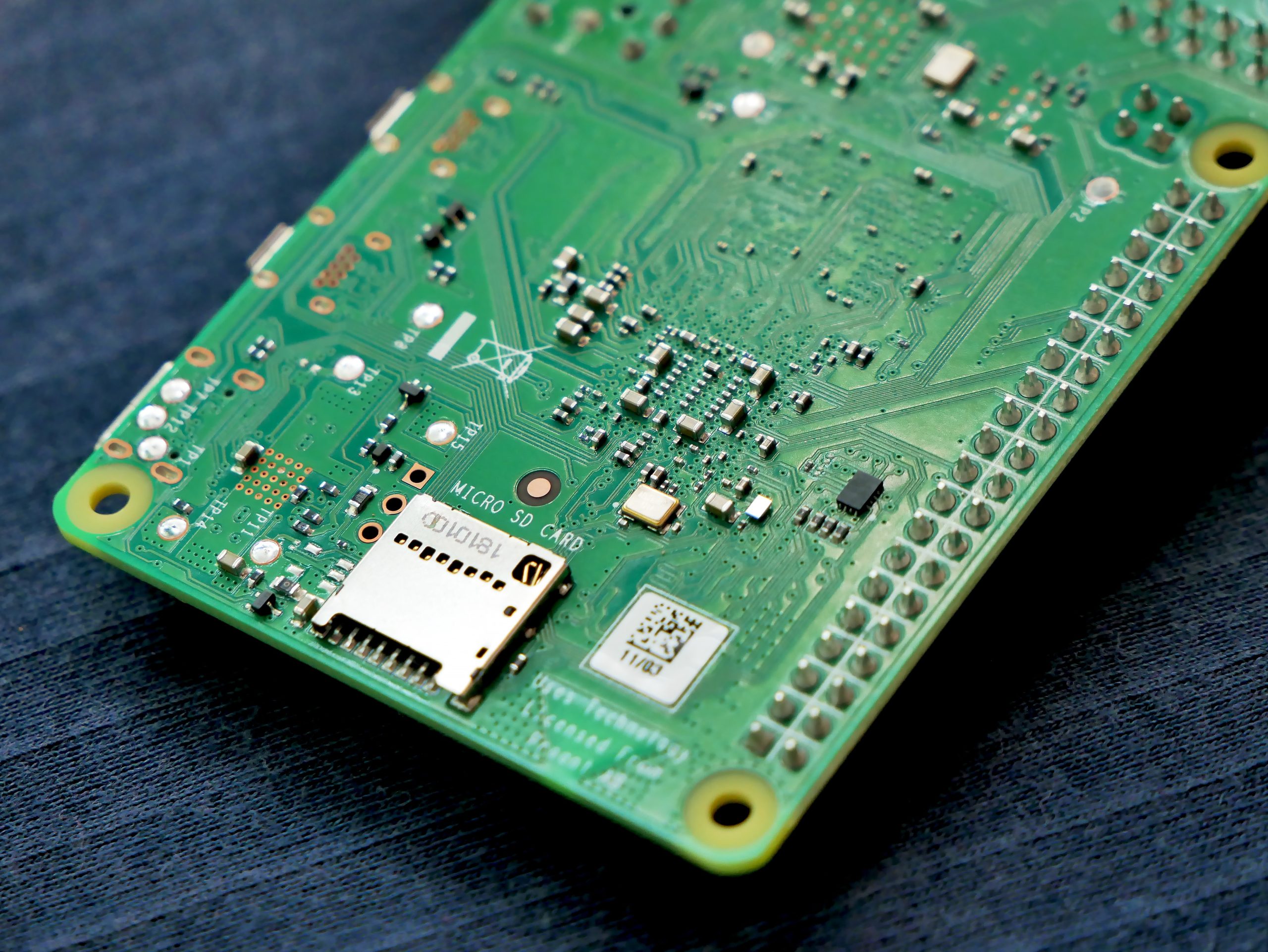Exploring the Origins of PCB Warping in Electronic Devices and Mitigation Approaches Printed circuit boards (PCBs) are vital elements within electronic devices, serving as the backbone for electrical connections and component integration. However, the occurrence of PCB warping during manufacturing or throughout the lifespan of a device can lead to performance issues and potential failures. This article delves into the causes of PCB warping and presents effective strategies to mitigate its impact. By comprehending these causes and implementing appropriate measures, engineers and manufacturers can ensure optimal functionality, reliability, and longevity of electronic devices.
Table of Contents
Understanding PCB Warping Defining PCB Warping
PCB warping refers to the deformation or distortion of a PCB from its original flat and planar state. It may manifest as bowing, twisting, or flexing, all of which negatively impact the structural integrity and performance of the board.
Effects of PCB Warping on Device Functionality
PCB warping can give rise to various detrimental effects on device functionality, including mechanical stress on components, disrupted electrical connections, compromised signal integrity, challenges in thermal management, and mechanical interference.
Common Locations of PCB Warping
Certain areas of a PCB are more prone to warping, particularly regions with high component density, as well as the board’s edges and corners.
Importance of Addressing PCB Warping Issues
It is crucial to address PCB warping to ensure device reliability, performance, and longevity. Failure to address warping can result in system malfunctions, increased costs, and damage to reputation.
Causes of PCB Warping Temperature Variations and Thermal Stress
Fluctuations in temperature during manufacturing and operation can induce thermal stress, leading to warping. Factors contributing to temperature-related warping include uneven heating and cooling during soldering and thermal cycling during device operation.
Improper Material Selection and Coefficient of Thermal Expansion (CTE)
Mismatched CTEs between layers and components can create stress and contribute to warping. Optimal material selection and consideration of CTEs for different materials are crucial to minimize stress differentials. The choice of substrate material also affects warping.
Inadequate PCB Thickness and Mechanical Stability
Thin PCBs lack structural rigidity and are susceptible to warping. Factors related to inadequate thickness include the impact on warping, considerations for appropriate thickness, and effects during soldering.
Incorrect Storage Conditions: Warping can develop over time due to improper storage conditions, such as high humidity levels and temperature fluctuations.
Manufacturing Process Deficiencies
Deficiencies in the manufacturing process, such as inadequate handling, improper alignment, excessive mechanical pressure during assembly, insufficient curing of the solder mask, improper lamination techniques, and inadequate cooling after soldering, can contribute to warping.
Mitigation Strategies for PCB Warping Design Considerations for Warping Mitigation
Thoughtful PCB design plays a crucial role in mitigating warping. Considerations include optimizing component placement, minimizing thermal stress, balancing copper distribution, and incorporating features like stiffeners and support structures.
Material Selection and CTE Management
Careful material selection, ensuring matched CTEs between layers and components, and utilizing substrates with appropriate thermal properties contribute to warping mitigation.
PCB Thickness and Mechanical Stability
Choosing an appropriate PCB thickness based on component size, weight, mechanical requirements, and considering the mechanical stress during handling and assembly helps prevent warping.
Thermal Management
Implementing effective thermal management techniques, such as proper heat sink placement, optimized copper traces for heat dissipation, and thermal vias, assists in maintaining a uniform temperature distribution.

